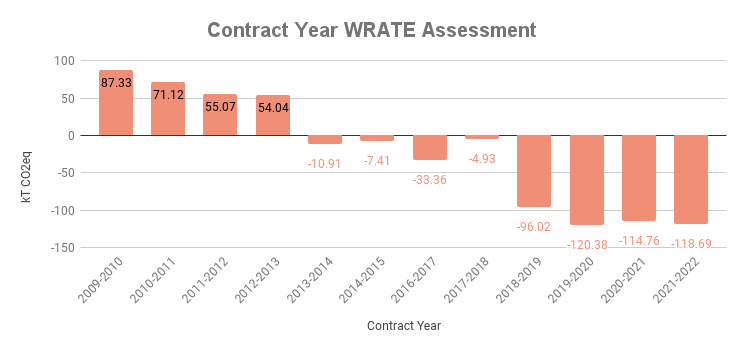Annual Satisfaction Survey
Every year we conduct a customer satisfaction survey at Household Waste Recycling Centres to ensure our services are of the highest possible standard and identify areas for improvement. The results of the survey conducted throughout March 2023 are below:
99% of residents were satisfied with their local HWRC
99% of visitors were satisfied with appearance, cleanliness and tidiness
96% of visitors said they were happy with staff helpfulness
Recycling Rates at Household Waste Recycling Centres
We monitor the recycling rates across all 16 Recycling Centres in the Merseyside & Halton region.
We have made comparisons between data for the same month on different years to show the changes in recycling rates. Click on the bars in the chart for more detail.
Carbon Footprint
Our operations have achieved a significant reduction in CO2 emissions since the contract began.
As part of measuring our performance in Merseyside and Halton we calculate the carbon footprint of our operations and implement extensive measures to reduce our impact year on year.
A carbon footprint model has been created for every contract year since year 1 (2009-2010) for the integrated waste management system (IWMS) that serves the six district councils operating under the Merseyside and Halton Waste Partnership.
The Environment Agency’s Life Cycle Assessment tool WRATE (Waste and Resources Assessment Tool for the Environment) has been utilised to generate the carbon footprint.
The contract was first carbon negative in the 5th year of operations 2013-14 and remains so in the most recent reporting year. Therefore the operations of the contract can be considered carbon negative.
What is WRATE?
The WRATE software tool is used to assess the environmental impacts of the entire life cycle of the activity with regard to the Global Warming Potential (GWP) or carbon footprint of the operations, and is measured in CO2 equivalents.



